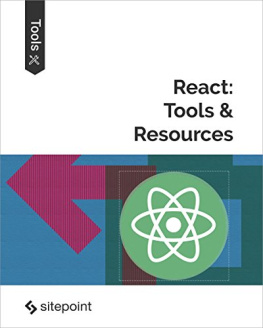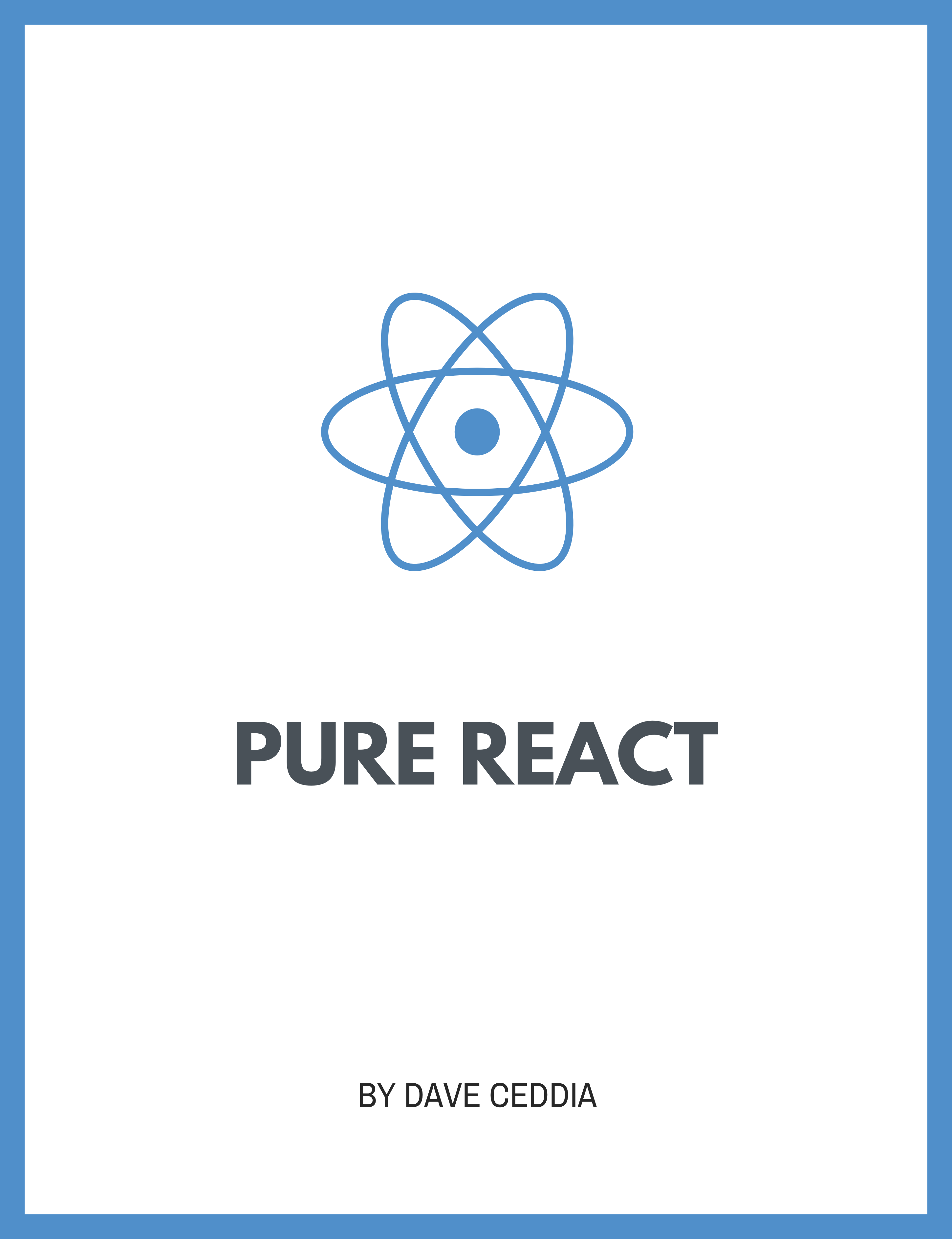Dave Ceddia - Pure React: A step-by-step guide to mastering React.
Here you can read online Dave Ceddia - Pure React: A step-by-step guide to mastering React. full text of the book (entire story) in english for free. Download pdf and epub, get meaning, cover and reviews about this ebook. year: 2017, genre: Computer. Description of the work, (preface) as well as reviews are available. Best literature library LitArk.com created for fans of good reading and offers a wide selection of genres:
Romance novel
Science fiction
Adventure
Detective
Science
History
Home and family
Prose
Art
Politics
Computer
Non-fiction
Religion
Business
Children
Humor
Choose a favorite category and find really read worthwhile books. Enjoy immersion in the world of imagination, feel the emotions of the characters or learn something new for yourself, make an fascinating discovery.
- Book:Pure React: A step-by-step guide to mastering React.
- Author:
- Genre:
- Year:2017
- Rating:4 / 5
- Favourites:Add to favourites
- Your mark:
Pure React: A step-by-step guide to mastering React.: summary, description and annotation
We offer to read an annotation, description, summary or preface (depends on what the author of the book "Pure React: A step-by-step guide to mastering React." wrote himself). If you haven't found the necessary information about the book — write in the comments, we will try to find it.
The React ecosystem is huge Redux, React Router, Webpack, Babel Where do you even start?
Most people begin by reading tutorials, but sifting through them to find the one that makes it click is an exercise in frustration. On top of that, they dish out pages of code and leave it up to you to learn by osmosis.
If youve tried to learn React on your own, youve probably had the same experience I did: after sifting through countless tutorials and video, you still cant cobble together your own app. One second youre nodding along, sure that you understand. The next, youre staring at a blinking cursor wondering what to type.
Thousands of people are already using React in their jobs or startups, and you can too -- once you figure it out.
But what if you could skip straight to being as productive with React as you are with your current framework of choice?
What if you were able to code as fast as you can think, using the JavaScript you know and love?
Writing apps could be fun again! And fast.
Teaching yourself React can be overwhelming but it doesnt have to be. You can master the fundamentals in a matter of days.
Heres the thing: you need real practice. Not just nodding along to tutorials, but actually building examples and exercises. Thats how you gain mastery, and this book will show you how.
Youll get hands-on practice building a series of small components and micro apps no big monolithic app here. The bite-size apps will have you reviewing concepts until theyre second nature.
With the included exercises you will be writing your own code right from the start this isnt a copy, paste, watch it run tutorial.
Dont worry, we wont build any ToDo apps. The world already has enough of those.
Learn to turn mockups directly into code, how to think in components, and how to handle changing state in Reacts world of one-way data flow.
Heres what the book covers:
- Easy project setup with Create React App (youll be running code within minutes)
- Debugging strategies for when things go wrong
- Mastering JSX syntax, including ifs, loops, and dynamic child components
- Using props to communicate between components, and make them as reusable as possible
- How PropTypes can save you time debugging and help future you remember how to use the components you wrote
- Using the children prop to render dynamic content
- How to write React in the modern ES6 style, with a gentle introduction to ES6 syntax (you dont need to know ES6!)
- How input controls work in React (controlled and uncontrolled)
- Where and how to properly use component state in a React application
- Stateful vs Stateless components
- The lifecycle of a component, and how to use it to your advantage
The book includes examples large and small, and 25 exercises to hone your knowledge.
Buy Pure React and start learning React today!
Dave Ceddia: author's other books
Who wrote Pure React: A step-by-step guide to mastering React.? Find out the surname, the name of the author of the book and a list of all author's works by series.

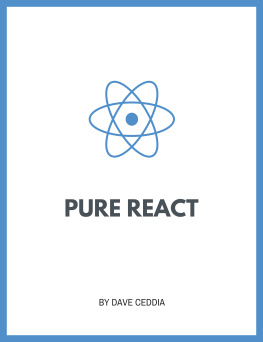
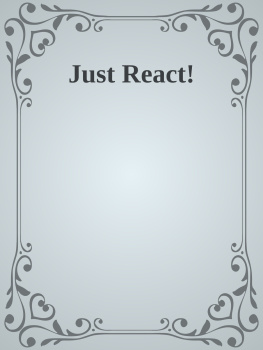
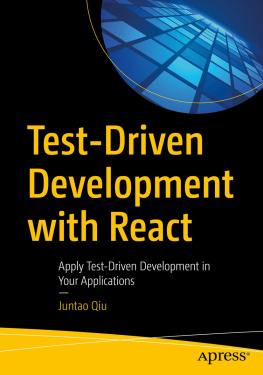
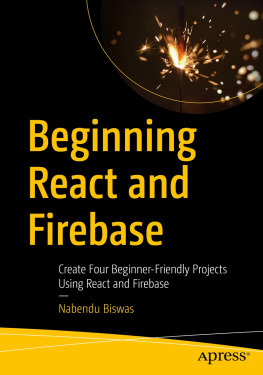
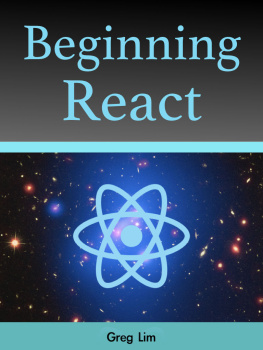

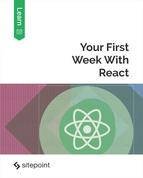
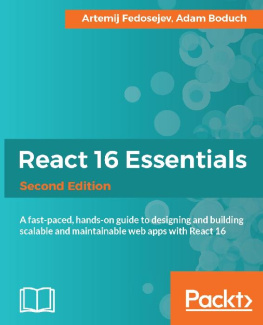

![Sagar Ganatra [Sagar Ganatra] - React Router Quick Start Guide: Routing in React Applications Made Easy](/uploads/posts/book/119450/thumbs/sagar-ganatra-sagar-ganatra-react-router-quick.jpg)
